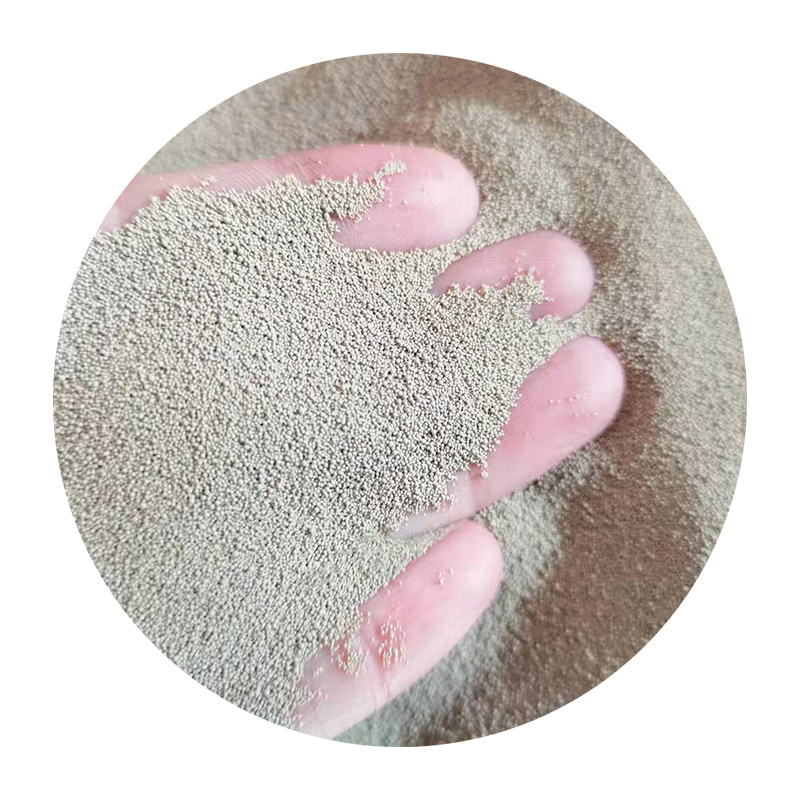The Advantages of Sand Casting
Sand casting, one of the oldest and most versatile manufacturing processes, remains a preferred method for producing metal parts and components today. This technique involves creating a mold using sand and a bonding agent, which can then be filled with molten metal to produce a desired shape. The popularity of sand casting can be attributed to several key advantages that make it an ideal choice for various industries.
The Advantages of Sand Casting
Another significant benefit of sand casting is its versatility. This technique can be used to produce a wide range of shapes and sizes, from small intricate parts to large components weighing several tons. Sand casting can accommodate various metals and alloys, including aluminum, iron, bronze, and magnesium, allowing manufacturers to select the most suitable material for their specific applications. This versatility also extends to the thickness of the parts produced, enabling the creation of complex and detailed designs.
advantage of sand casting

The ease of the sand casting process is another advantage that sets it apart from other manufacturing methods. Sand molds can be constructed relatively quickly, making it feasible to produce parts in short lead times. This is particularly beneficial for prototyping and low-volume production runs, where rapid turnaround is essential. Additionally, the sand molding process requires less specialized equipment compared to other casting techniques, further enhancing its accessibility for manufacturers.
Moreover, sand casting provides excellent dimensional accuracy and surface finish. While it may not achieve the same level of precision as some other methods, advancements in technology, such as computer-aided design (CAD) and improved sand materials, have significantly enhanced the quality of sand-cast products. With proper attention to mold preparation and casting techniques, manufacturers can achieve a high degree of accuracy and a surface finish that often requires minimal machining.
Lastly, the environmental impact of sand casting is generally lower than that of other casting processes. Sand is a natural material that can be reused multiple times, reducing waste production. Additionally, advancements in eco-friendly binder materials have minimized the emissions associated with the casting process, making it a more sustainable option for manufacturers concerned about their environmental footprint.
In conclusion, the advantages of sand casting, including its cost-effectiveness, versatility, ease of use, dimensional accuracy, and lower environmental impact, make it a highly efficient manufacturing process. As industries continue to seek innovative solutions for production challenges, sand casting will undoubtedly maintain its relevance and dominate the market for years to come. Whether for prototyping or high-volume production, this age-old method remains a reliable choice for manufacturers worldwide.
Post time:नोभ . 04, 2024 23:19
Next:sand used for sand casting
